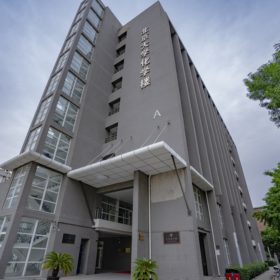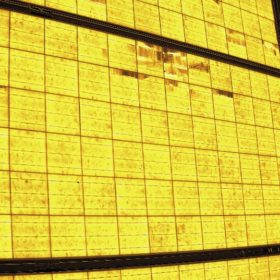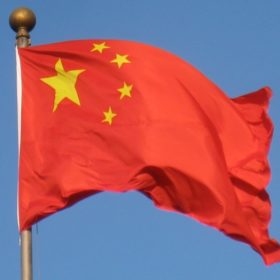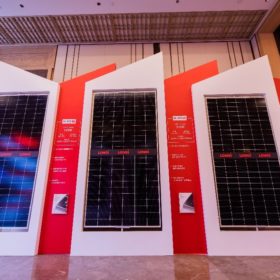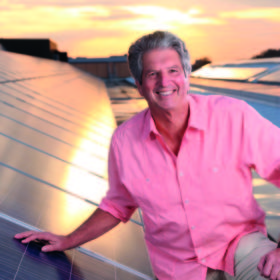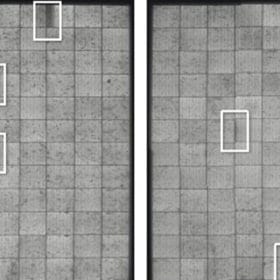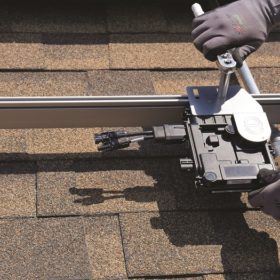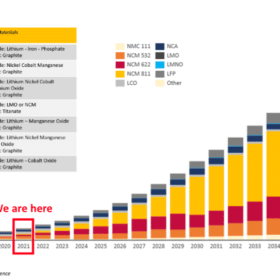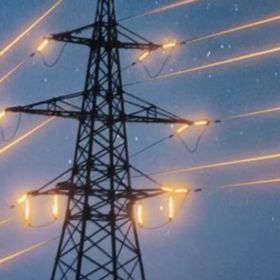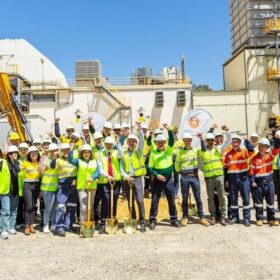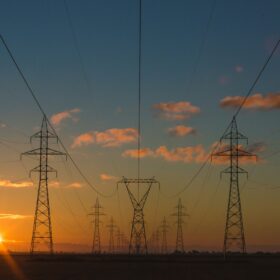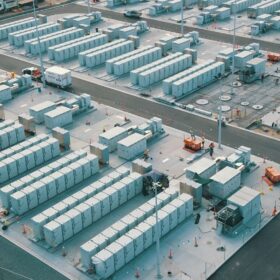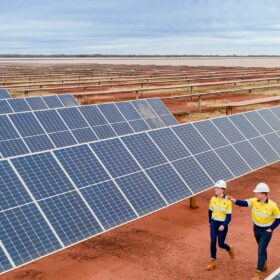A different angle on perovskite defects
Scientists in China took a closer look at the role of defects in limiting the performance of perovskite solar cells, demonstrating a screening effect that could be tuned to make material defects “invisible” to charge carriers, greatly improving cell performance. Using this approach they demonstrate a 22% efficient inverted perovskite solar cell, and theorise several new pathways to even higher performance.
Saturday read: Microcracks and module design
New cell and module technologies are boosting power outputs, but they often have implications for quality. A focus purely on cell cracking illustrates just this point, with some approaches proving beneficial, and others potentially problematic – cue Tristan Erion-Lorico from PV Evolution Labs (PVEL).
Australian solar industry remarkably silent as global pressure mounts around allegations of forced labour in supply chain
The solar industry in Europe and the United States is continuing to ramp up the pressure on the use of polysilicon produced in Xinjiang, China – in response to allegations that forced labour is being used in its production. By contrast, the Australian industry’s response has been markedly muted. Although it is true that most global solar industries are heavily reliant on Chinese manufacturing, Australia is overwhelmingly so.
German researchers overcome main challenge for perovskite PV modules
Researchers in Germany claim to have overcome the primary hurdle in the development of large-area perovskite PV modules – scaling up from the cell to the module level. They achieved an efficiency of up to 16.6% on a module surface of more than 50 centimetres squared, and 18% on a module with an area of 4 centimetres squared.
Longi unveils two PV modules for distributed generation
The two new products will be part of the Hi-MO4m panel series for rooftop applications. Their efficiency ranges from 19.2% to 21.2%.
UNSW’s Prof Martin Green ups PV yield by cooling solar modules
In efforts to improve PV performance by helping modules keep their cool, the Martin Green team is going for 10 degrees lower operating temperatures. Cherry-picking the most practical approaches could deliver 50% extended project life.
Sunday read: time to standardise
Not all quality control plans, processes and agreements are created equal, writes Frédéric Dross, the VP of strategic development for Senergy Technical Services (STS). Indeed, developers can find themselves saddled with agreements that allow unacceptably low levels of quality, unless they have followed standards.
Saturday read: the more you know
Module-level power electronics, most often in the form of power optimisers and microinverters, offer a range of value propositions, including advanced monitoring capabilities. But how much can the little box behind the module really see, and how much do operators actually need to know to keep a power plant running optimally?
Solliance hits record efficiency on perovskite/silicon tandem solar cell
The Dutch consortium has achieved the record result by combining, in a four-terminal tandem configuration, an 18.6% efficient highly near-infrared transparent perovskite with a prototype of a c-Si interdigitated back contact (IBC) silicon heteroJunction (SHJ) cell developed by Japanese electronics manufacturer Panasonic. The perovskite cell was also combined with other kinds of solar cells and other remarkable record efficiencies were hit.
Renascor finalises $15m capital raise, on track to be world’s first battery-grade graphite producer outside of China
South Australian company Renascor Resources this morning confirmed it had raised $15 million from institutional investors in Australia and abroad, enough to fund its Siviour Battery Anode Material Project up to the construction phase. The project is on track to become the world’s first integrated mine and purified spherical graphite operation outside of China.
